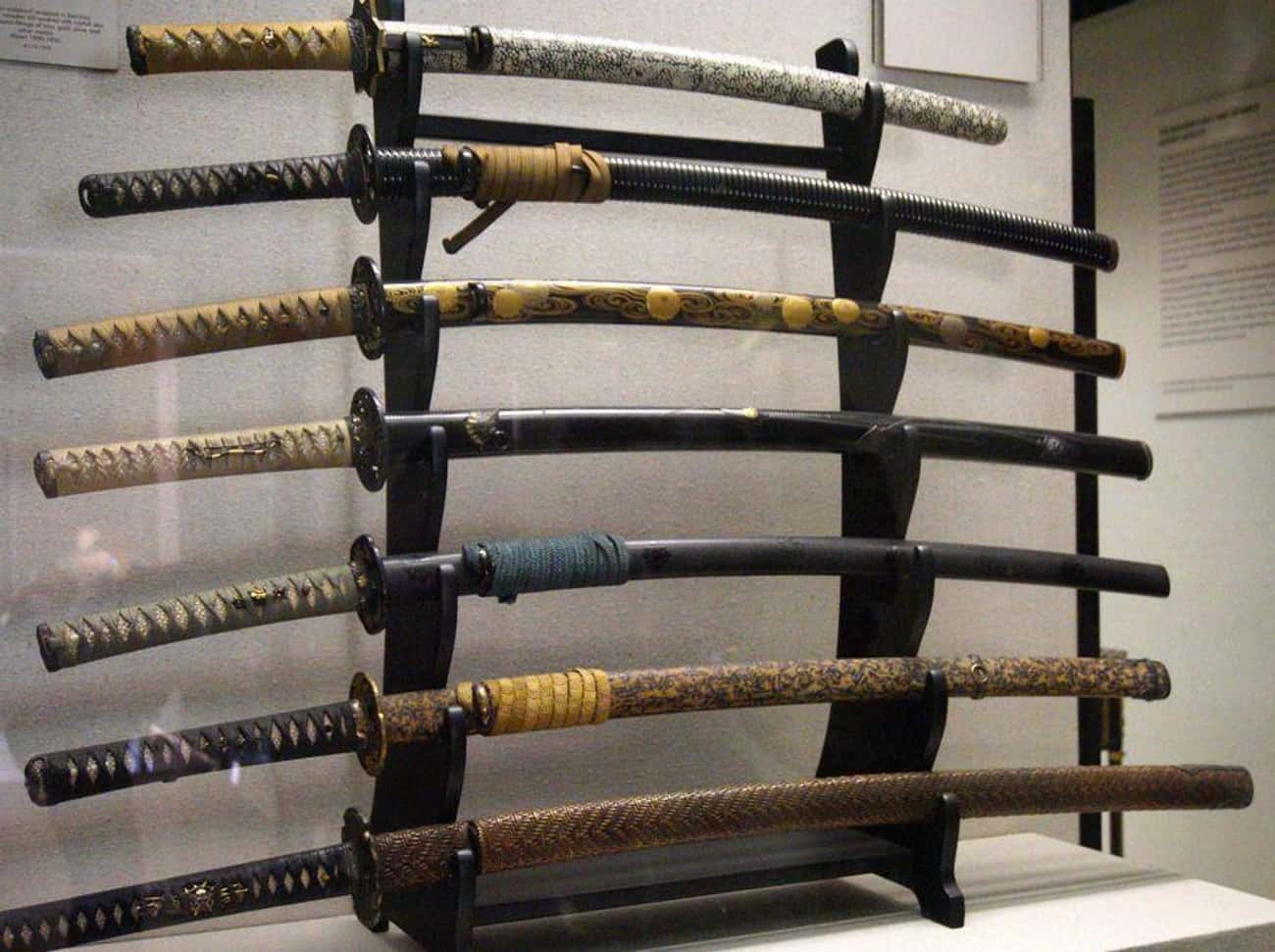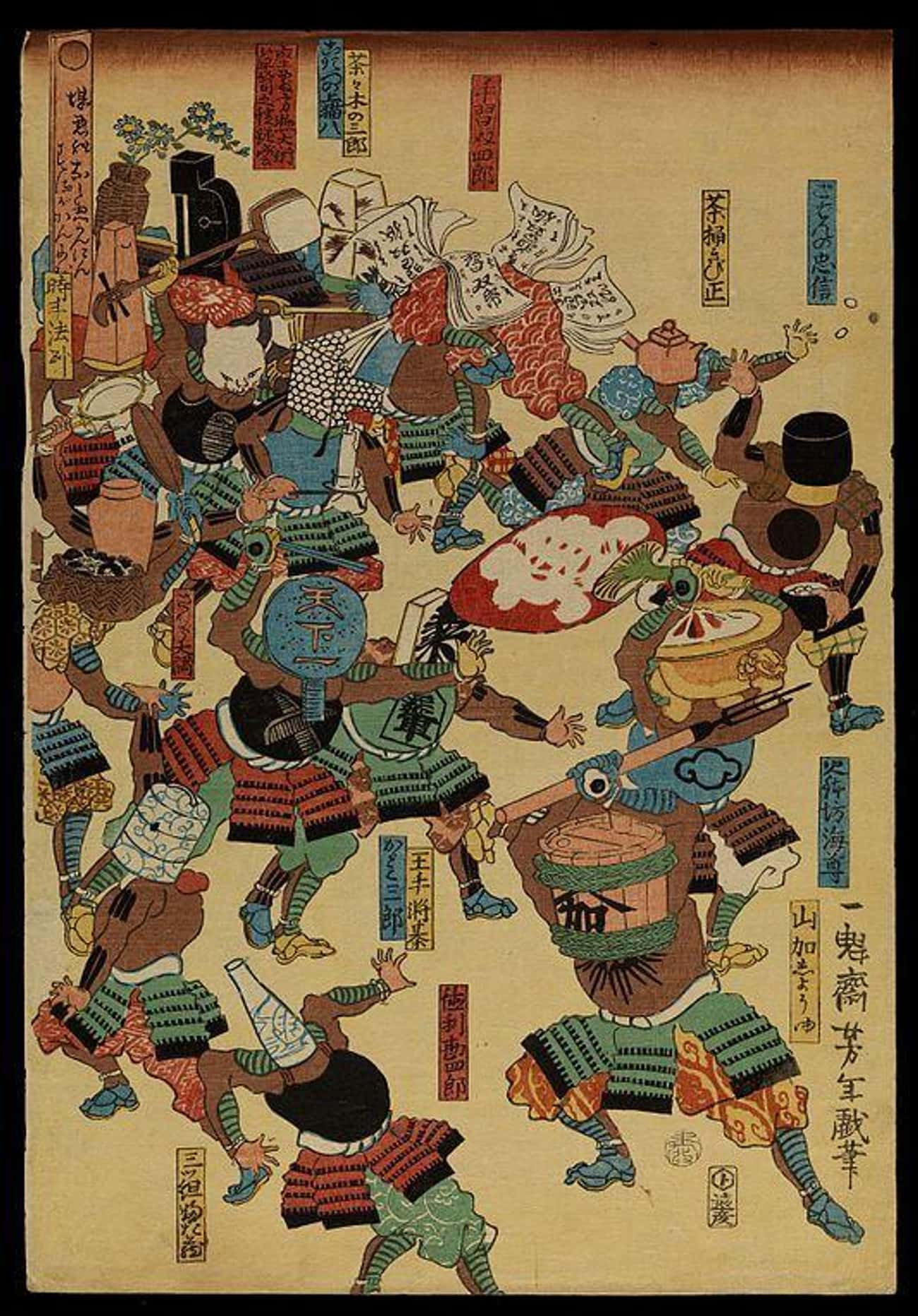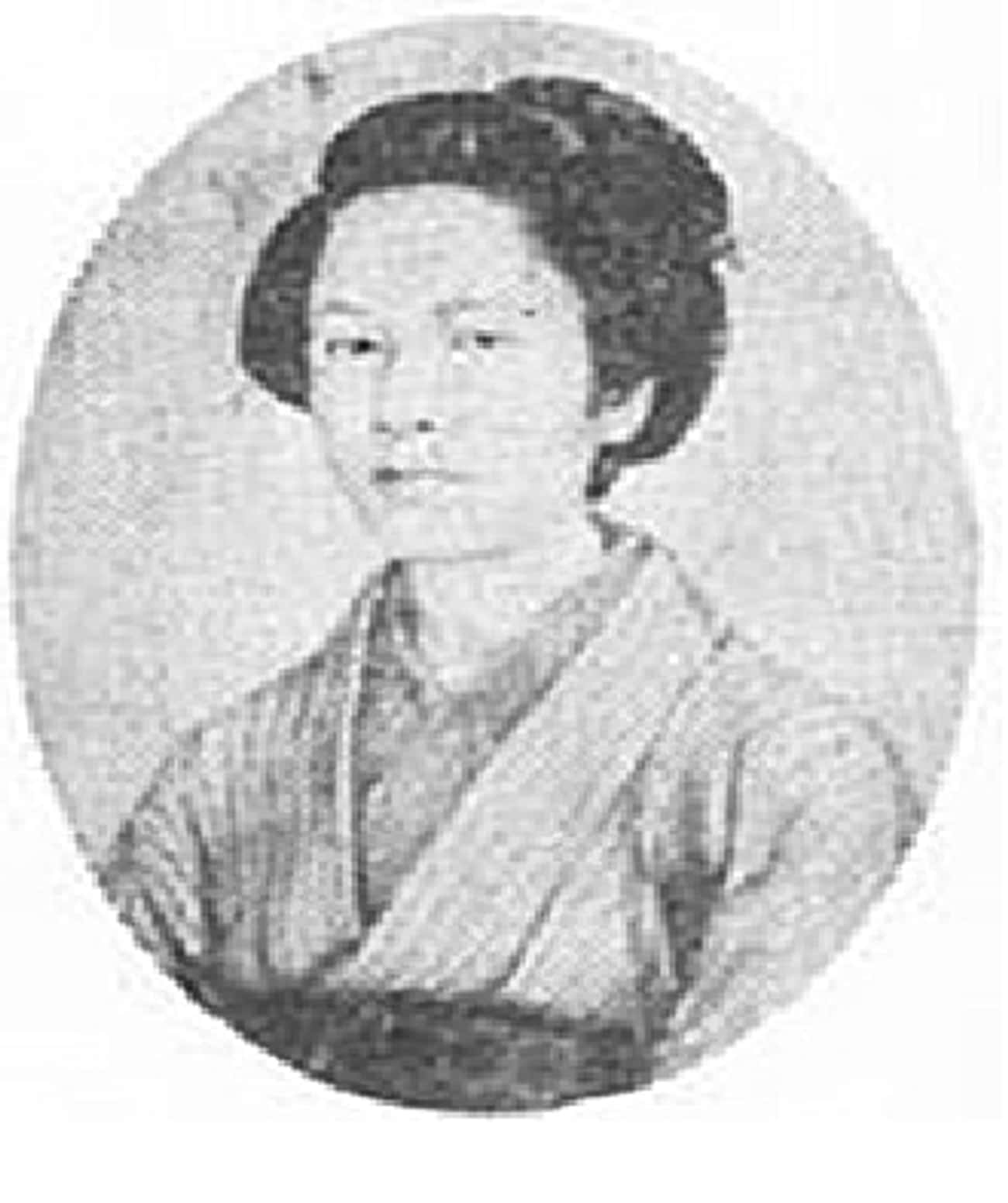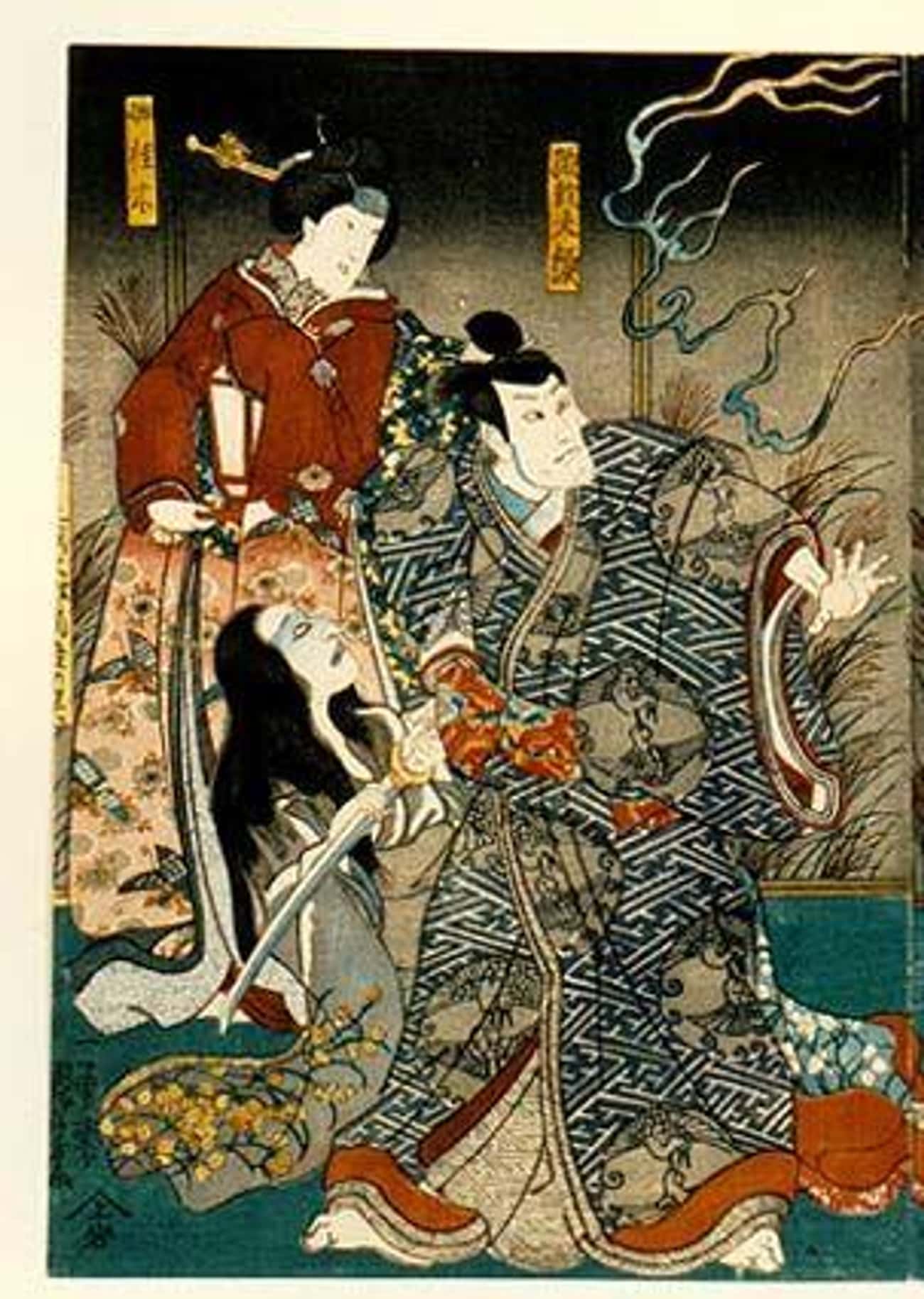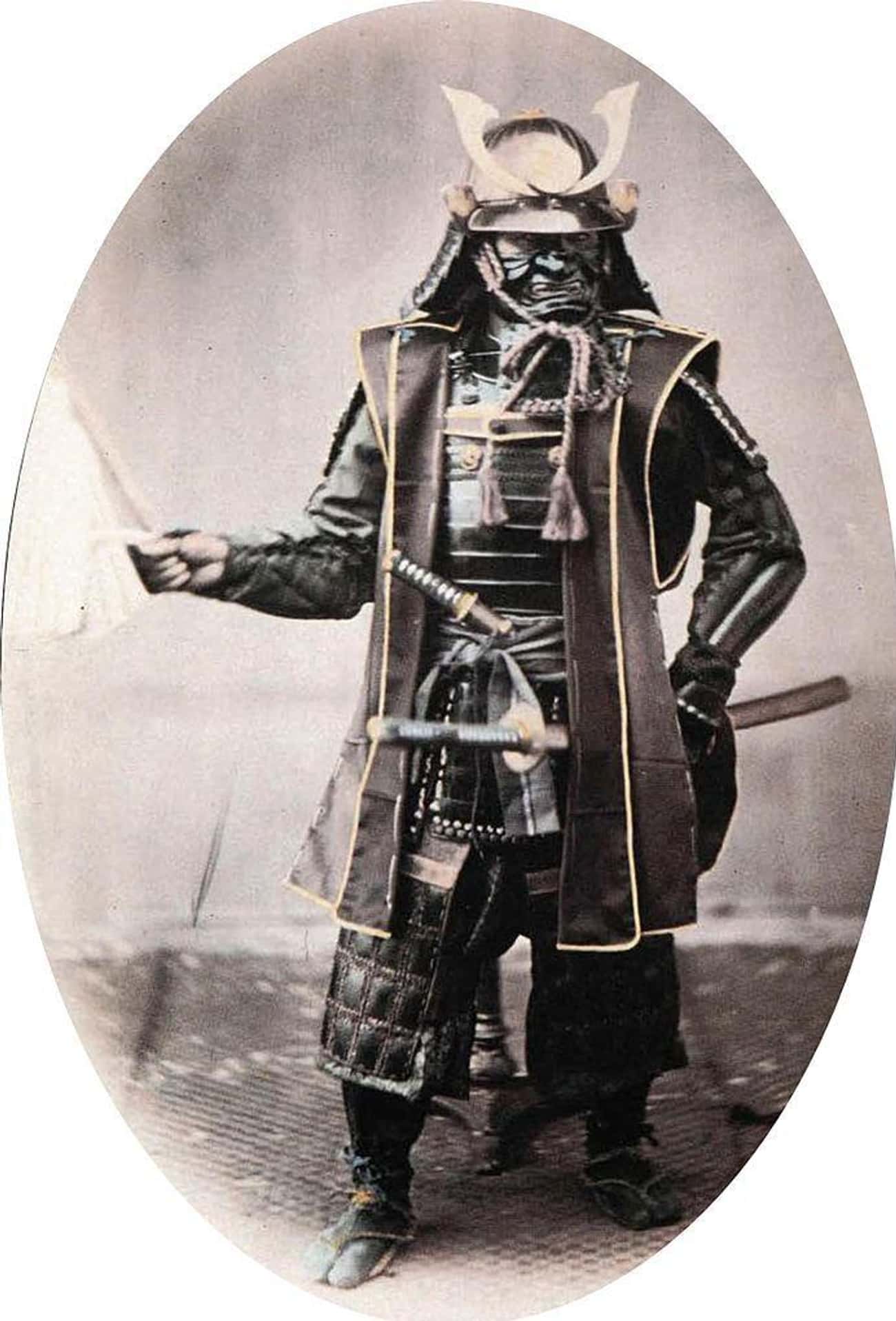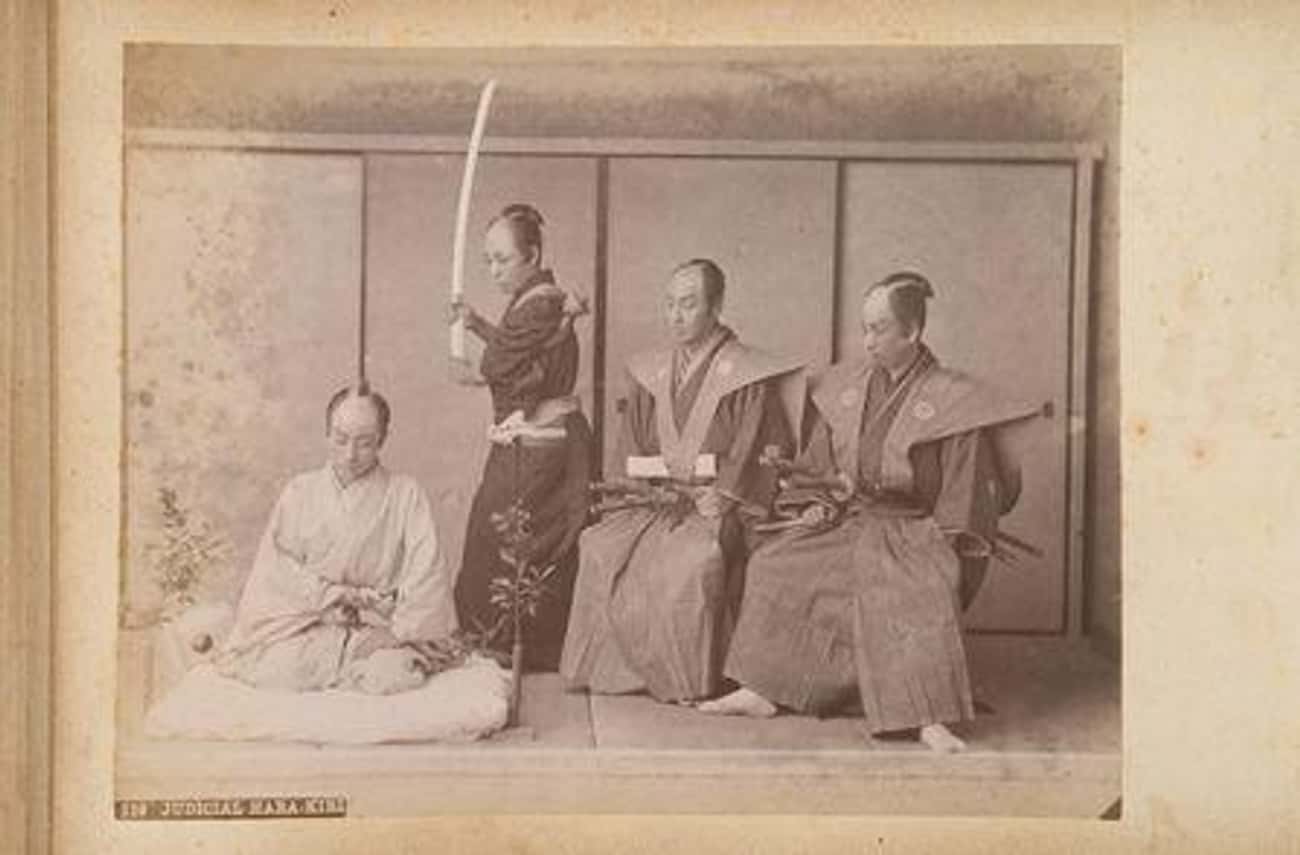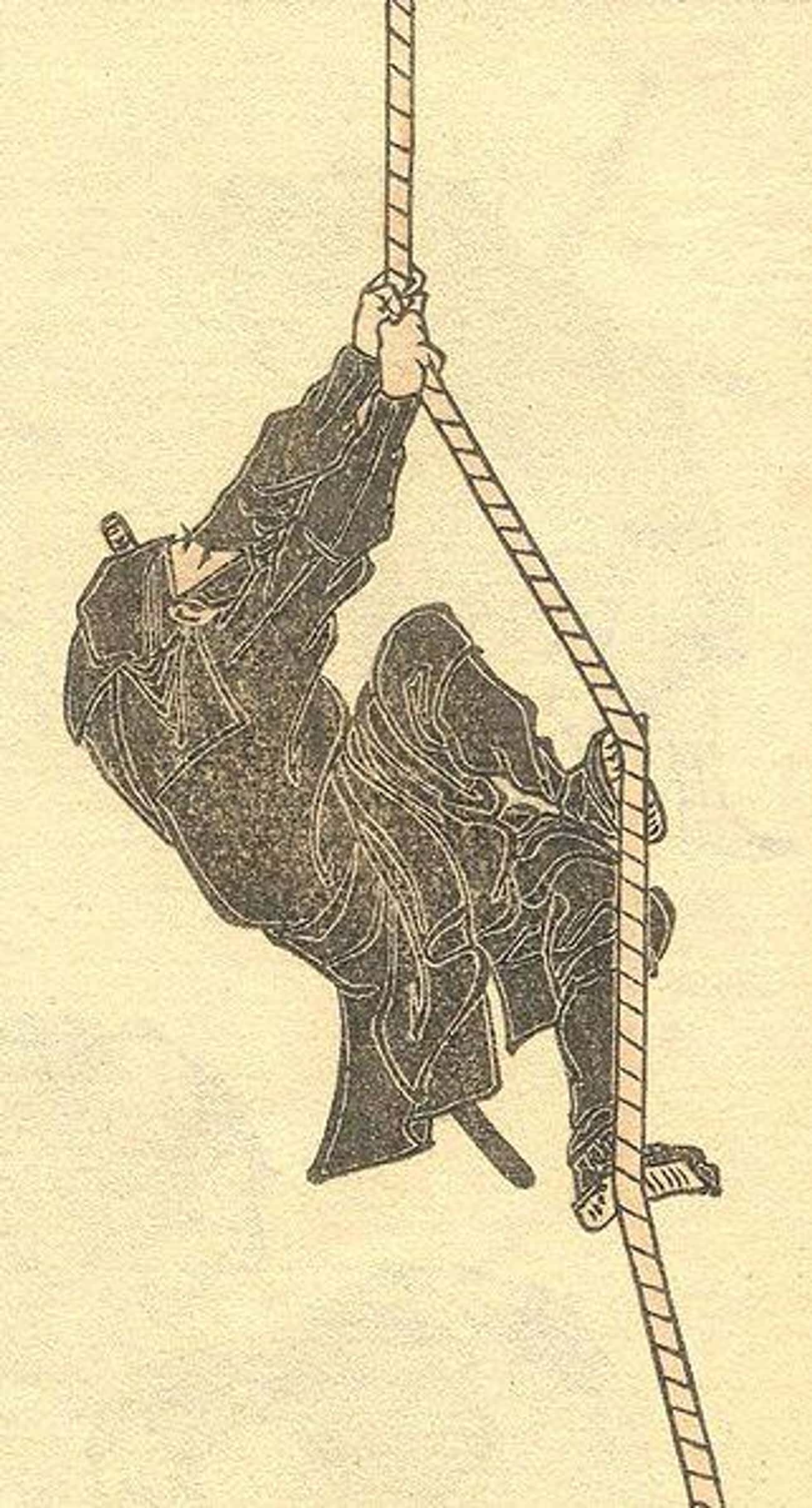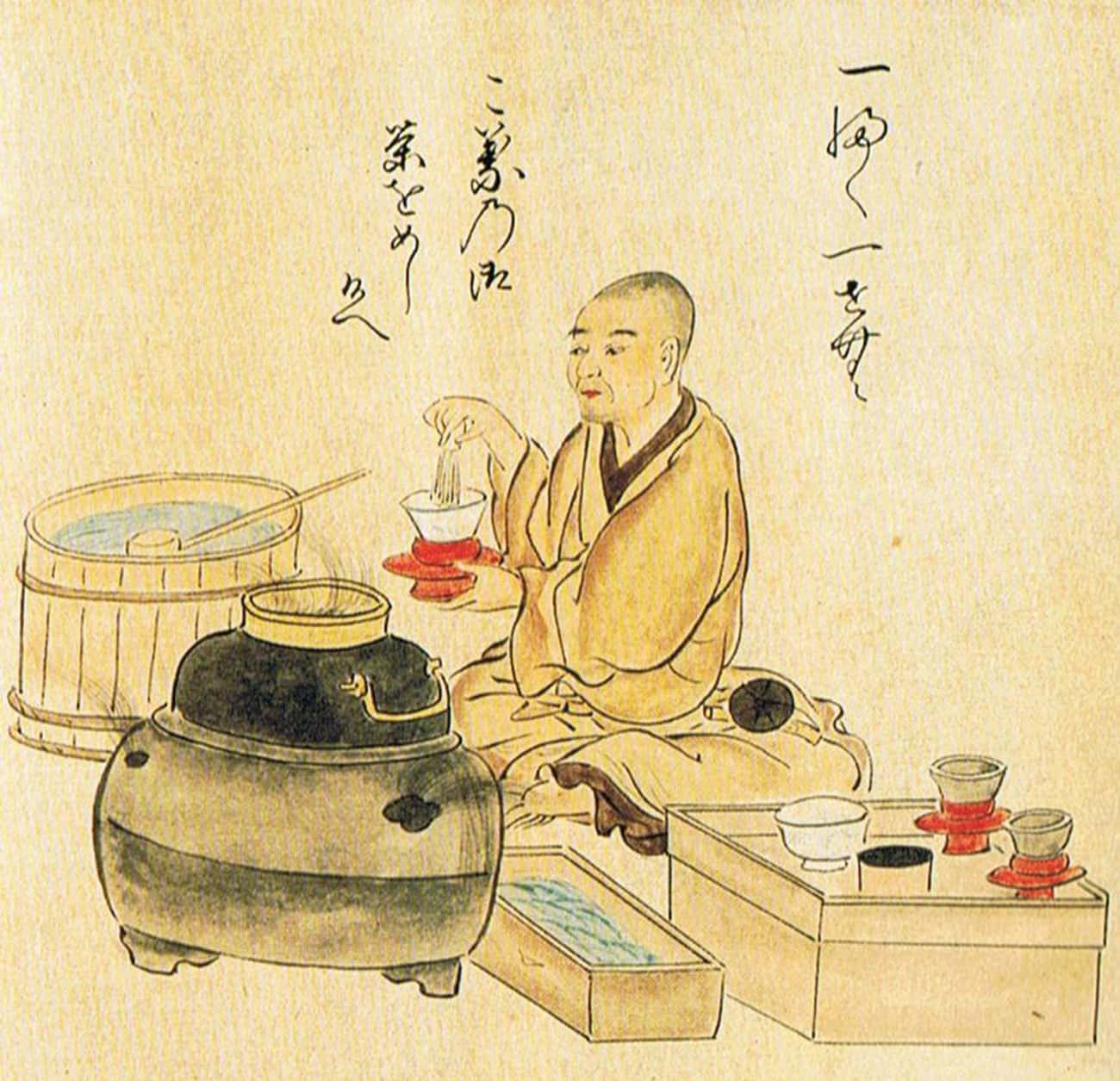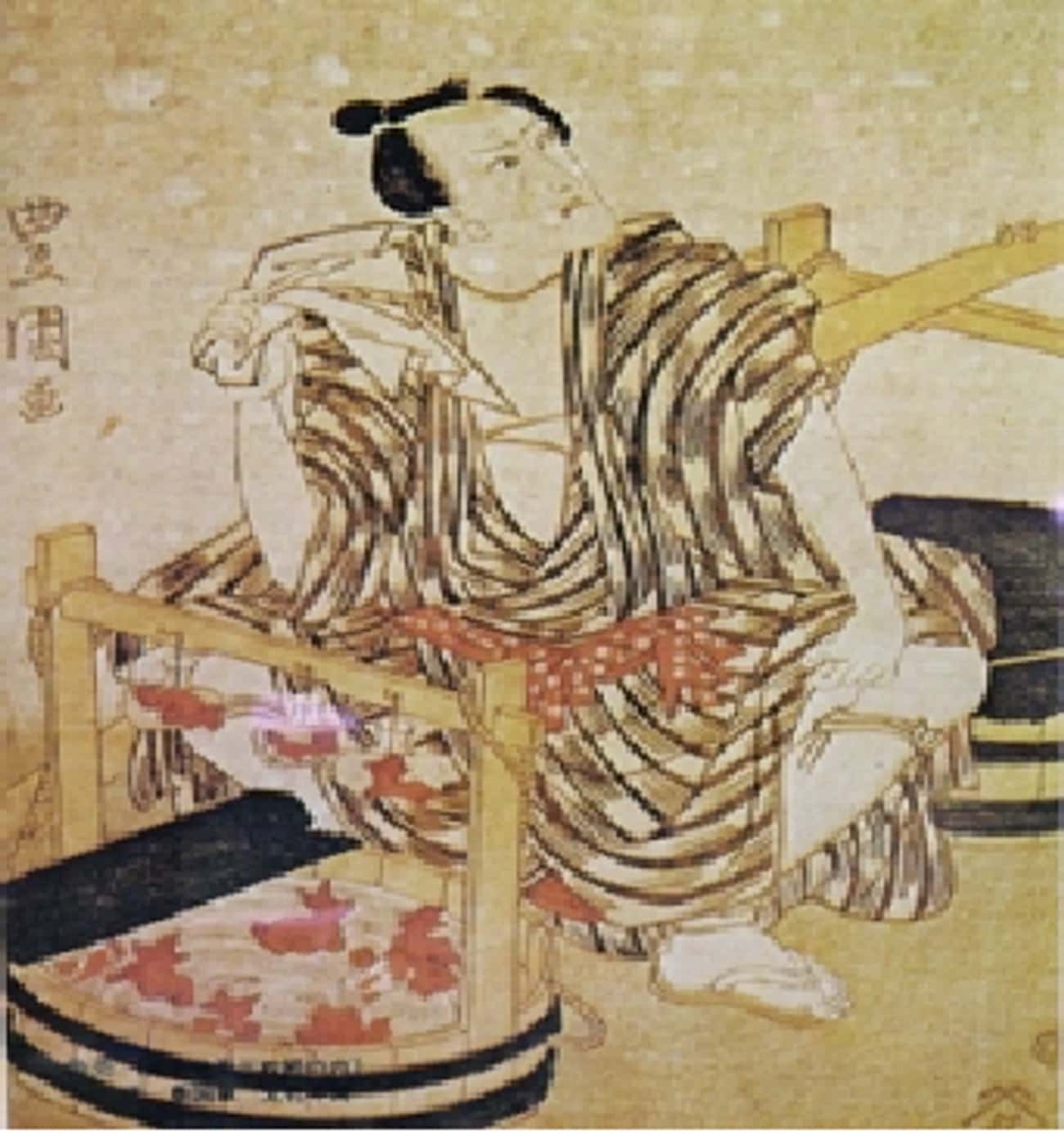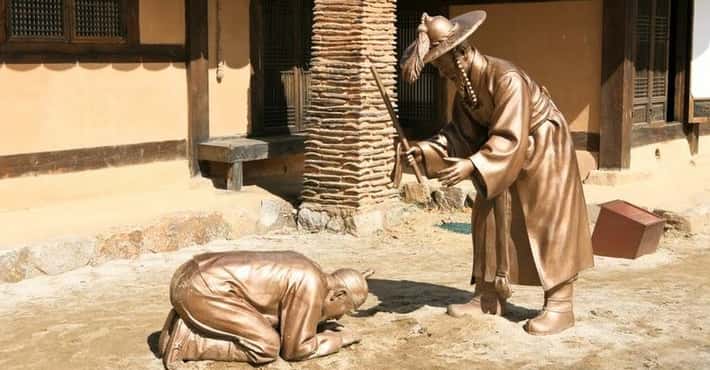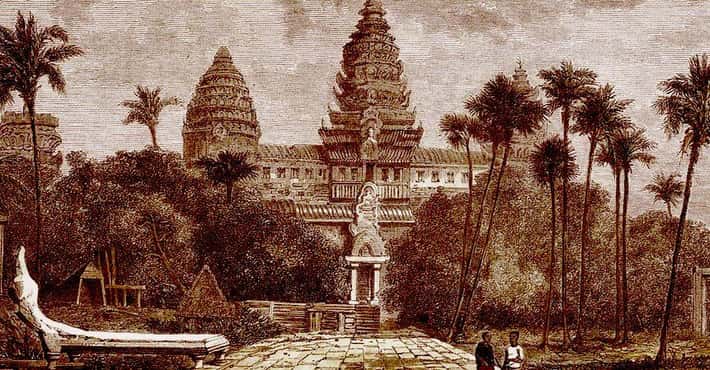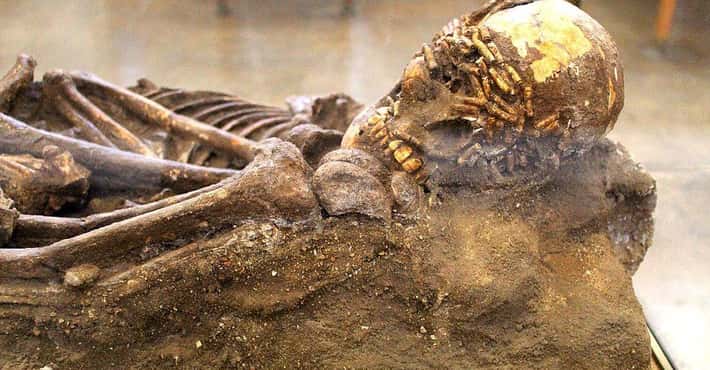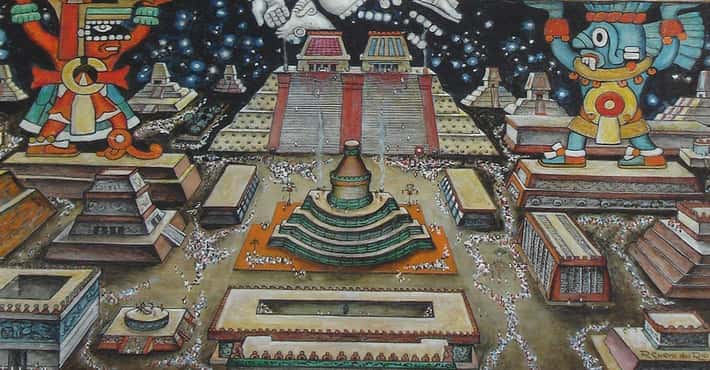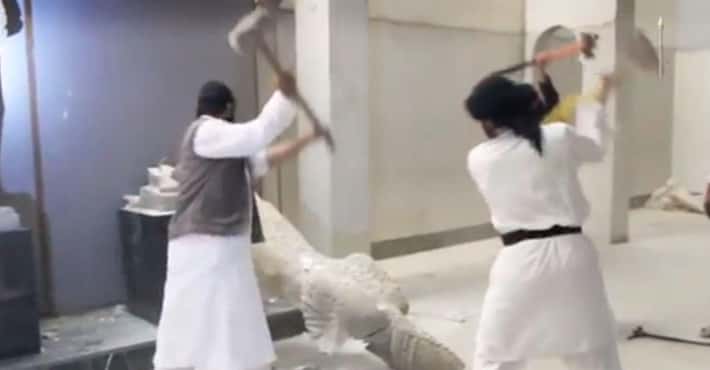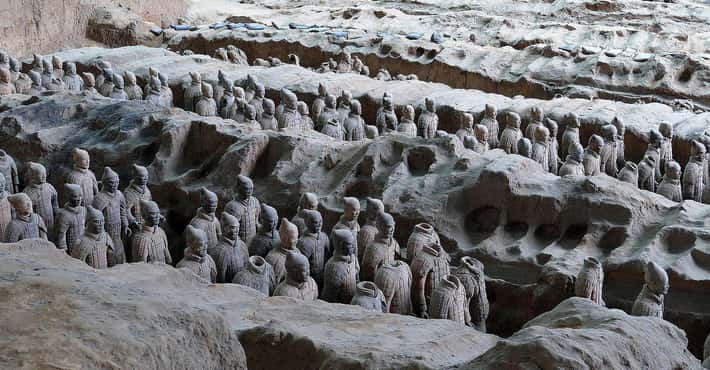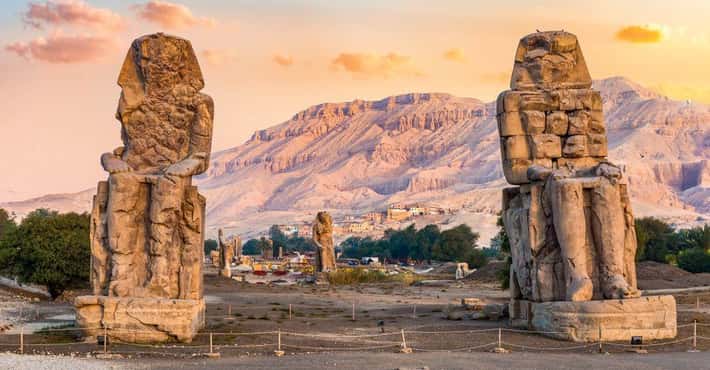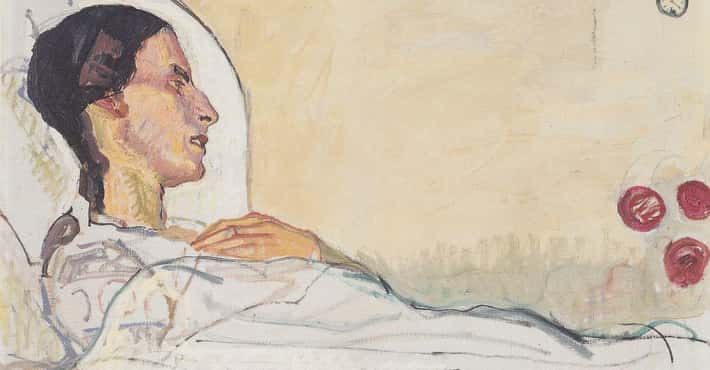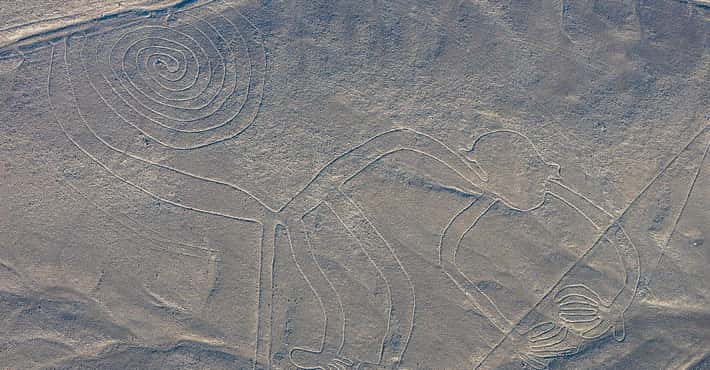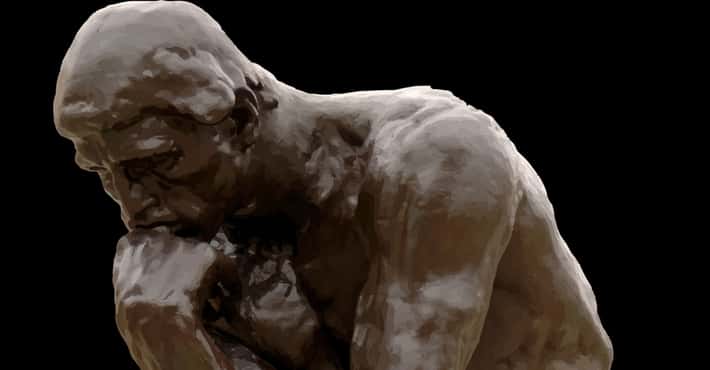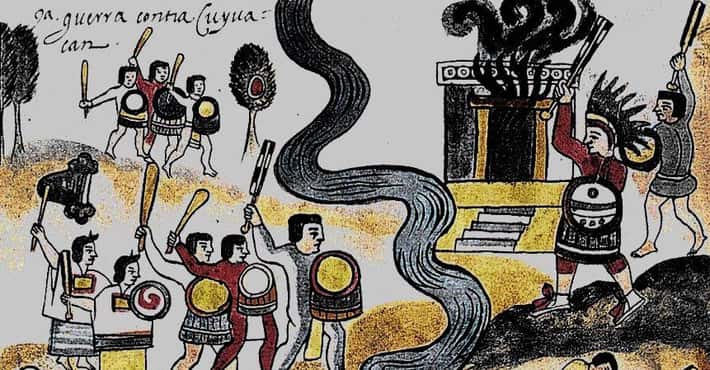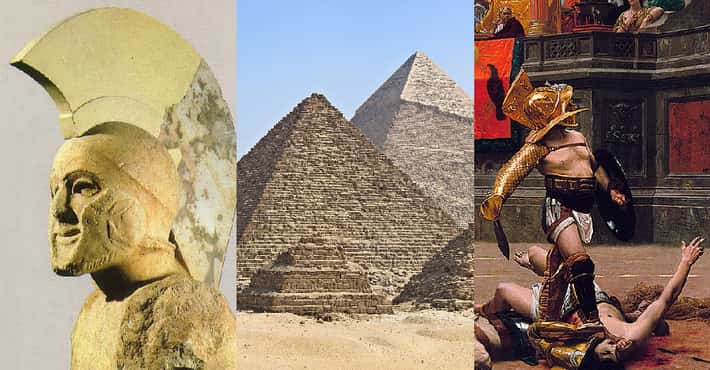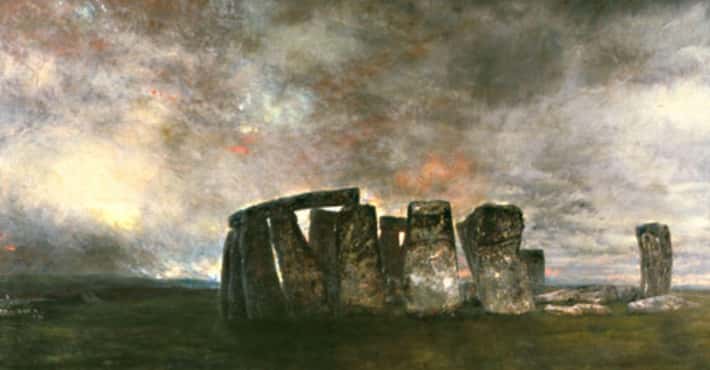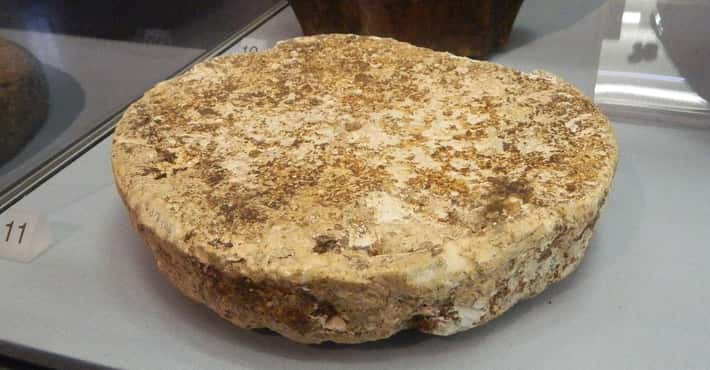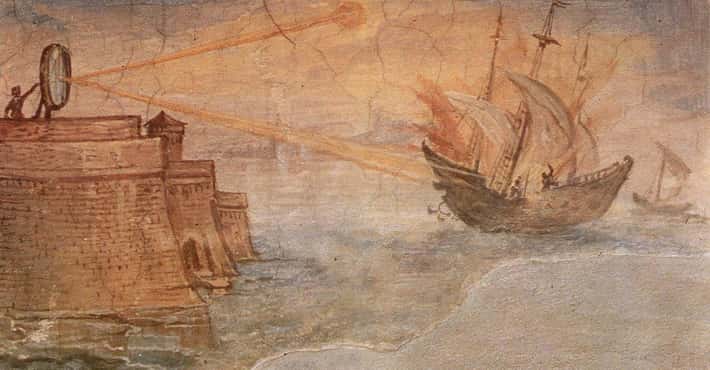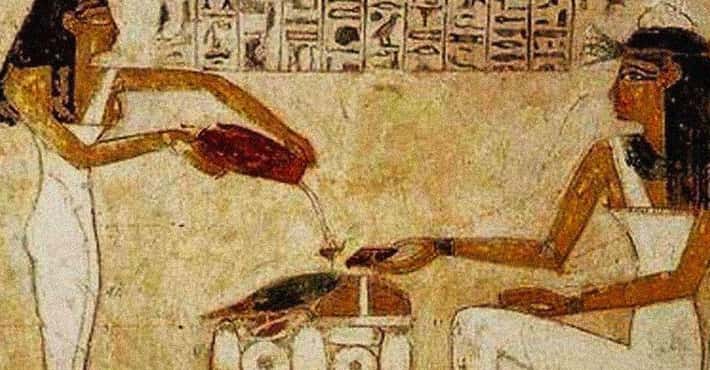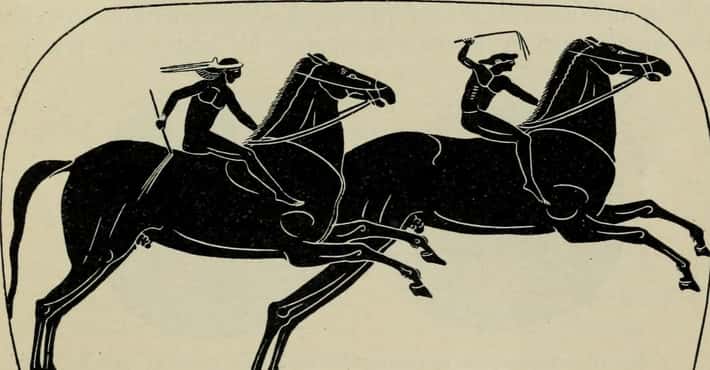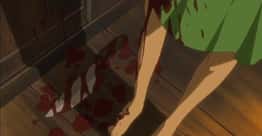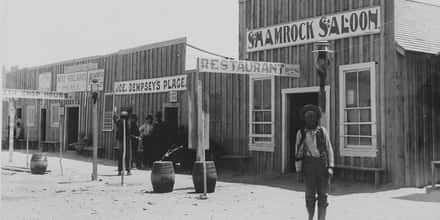Bizarre Samurai Traditions Almost Nobody Knows About
Samurai dominated the country of Japan from the 12th to the 19th century. The fierce, disciplined warriors lived according to the bushido code, an unwritten set of rules and norms based in loyalty, sacrifice, bravery, and honor, remembered in popular culture as samurai code. Along with the code came samurai traditions and customs that defined their physical appearance, sexual relationships, how they killed and how they died. Just like pirates cherished their earrings and Vikings dyed their hair, samurai demonstrated their dedication to the code and to their lifestyle in some unique ways.
- Photo: mwscheung / flickr / CC-BY-NC 2.0
They Tested Their Swords On Cadavers And Criminals
In order to make sure their weapons were effective and sharp, samurai carried out the practice of tameshigiri, or cutting tests. In order to test the blades, they used dead bodies, usually those of criminals but they were known to also use living prisoners who had been sentenced to death. Sometimes they would use as many as three bodies at once to put their weapons to the test. Because the sword's value was based in its strength, this was a practice that helped young metalworkers learn to hone their craft. Tests could also be done with bundles of bamboo and steel plates.
Samurai wanted the sharpest swords possible to facilitate the end goal of their kenjutsu, or swordsmanship training, the nakiuchi - death by one single blow.
Samurai Had Specific Swords For Cutting Off The Heads Of Their Enemies
Samurai carried two swords, the katana or "big sword" and the wakizashi, or "little sword." Collectively, the two swords are known as the daisho and only samurai were allowed to carry them. Samurai also carried a dagger, called a tanto. The wakizashi was shorter and thinner than a katana and was worn at all times. Because it was easier to carry and maneuver, it was easily taken indoors and kept under one's pillow at night.
The wakizashi was used to cut off the head of an enemy slain in battle, giving it special significance to the samurai way of life. It was also the sword used if a samurai took his own life through the practice of seppuku, a ritualized suicide that involved self-disembowelment.
- Photo: Unknown / WikiMedia Commons / CC BY-SA 3.0
There Was A Special Army Made Up Of Female Samurai Warriors
Compared to the number of male samurai, there weren't a lot of female warriors but that doesn't mean they didn't exist. Nakano Takeko, a nineteenth century samurai warrior, fought for her clan against the Japanese imperial army as they attempted to weaken the power of the daimyo, or landholding warlords. Takeko fought alongside male samurai at the siege of Aizu-Wakamatsu Castle in 1868 and afterwards led forces of hundreds of women warriors called the Joshigun. They charged at the imperial army, armed with guns, with their swords and vowed to fight to the death. In her final battle, Takeko was said to have killed several men with her sword before being shot and killed. Her own sister, Masako, cut off her head so it would not be taken as a trophy, a common battlefield practice in Japan.
- Photo: Unknown / WikiMedia Commons / CC BY-SA 3.0
Fathers Had Their Daughters Marry Samurai To Boost Their Social Status
At the height of their domination, the samurai made up 10% of Japanese society. The men wanted to marry women that were of comparable social status but that varied within the samurai class itself. Some samurai were quite wealthy while others were akin to simple foot soldiers. In order to get married, samurai needed the permission of the shogunate which kept close watch on the interaction of classes.
The woman marrying a samurai brought a dowry to the relationship, essentially paying to marry a warrior. The dowry would be returned in the event of a divorce, but this was rare. Because samurai of lower classes often married commoners, it was in the interest of Japanese fathers to marry off their daughters to a samurai fighter. Linking one's family to a samurai increased social standing. Samurai also had mistresses but they too were subject to approval.
- Photo: Felice Beato / WikiMedia Commons / CC BY-SA 3.0
Samurai Armor Only Weighed 40-60 Pounds
The armor of samurai changed over time but three principles remained consistent in its use. Armor was meant to signal a samurai's allegiance, it terrified one's enemy, and it was supposed to inspire awe - it was supposed to protect the samurai, of course, but that goes without saying. Armor was made for each samurai and included
"shoulder guards, shin guards, sleeves, thigh protectors, a skirt and a chest protector, along with a helmet, gloves, mask and boots, and a cushioning layer of silk underwear, [as well as] a range of indispensable accessories, among them two swords, a longbow and quiver of arrows, a selection of hats, a military baton, a fireproof coat and a large folding fan, ornamented with a big-red, rising-sun dot."
Getting dressed into armor was time consuming because it involved lacing together colorful panels - indicating which clan the samurai was from - made of fabric, leather, or metal. While it all sounds (and looks) very heavy, the whole suit only weighed about 50 pounds.
- Photo: Adolfo Farsari / WikiMedia Commons / CC BY-SA 3.0
Samurai And Their Wives Committed Suicide When Things Went Seriously Wrong
If a samurai was shamed - by lack of bravery, a breach of discipline, a betrayal of loyalty, or some other violation of the bushido code - he committed ritual suicide known as seppuku. This practice, also known as hari-kiri, varied throughout history but generally involved the warrior taking his wakizashi (or maybe his aikuchi, another type of dagger) and plunging it into the left side of his abdomen. He then moved the blade to the right side, slicing along the way, and pulling out his entrails. He then took the blade up to his sternum or out of his stomach and then putting it into his mouth and falling forward on it. Other variations had men disemboweling themselves with their second-in-command cutting off their head to end the pain. It was also used as a way of avoiding falling into enemy hands, to demonstrate loyalty to a fallen lord, or as a method of execution.
When a samurai committed suicide, his wife often followed suit. Her husband's shame was her own and she didn't want to live with that for the rest of her life. Women that committed seppuku may have done so with a knife to the abdomen but often they committed jigai and slit their own throats instead.
- Photo: Katsushika Hokusai / WikiMedia Commons / CC BY-SA 3.0
The Samurai Fought Alongside Other Groups
Samurai were just one of many types of warriors in medieval Japan, although they were elite and held a privileged status until the nineteenth century. Often fighting with the samurai were the sohei, or warrior monks. Sohei fought to defend their monastic lands and temples, using weapons very similar to those of a samurai. There were also rōnin, or outcast samurai, who fought independently of a warlord or gave their services to the highest bidder. Ninjas were secret assassins and like the Ikko-Ikki, another group of religious warriors, very little is known about the specifics of their training and actions. The wokou were raiding pirates and the ashigaru were common foot soldiers on the battlefield.
- Photo: 狩野養信・雅信 模写 / WikiMedia Commons / CC BY-SA 3.0
Tea Ceremonies Were Political And Spiritual For Samurai
The chanoyu, or tea ceremony, was full of rules and etiquette, a norm for samurai, and served as a metaphor for their lives. Samurai duties were comparable to those of a tea ceremony attendee and included a sense of humility as well.
Tea ceremonies were attended by government officials and samurai during the sixteenth century, bringing men together as a great equalizer. The samurai left their swords outside of the tearoom and once all of the attendees were seated, the focus of the meeting was to focus on Zen Buddhist teachings, specifically achieving tranquility. One priest offered this advice:
"and let this all be carried out in accordance with the idea that in this room we can enjoy the streams and rocks as we do the rivers and mountains in Nature, and appreciate the various moods and sentiments suggested by the snow, the moon, and the trees and flowers, as they go through the transformation of seasons, appearing and disappearing, blooming and withering. As visitors are greeted here with due reverence, we listen quietly to the boiling water in the kettle, which sounds like a breeze passing through the pine needles, and become oblivious of all worldly woes and worries…"
- Photo: Unknown / WikiMedia Commons / CC BY-SA 3.0
Kabukimono Were A Flamboyant Group Of Samurai
When the Tokagawa shogunate brought peace and order to Japan during the eighteenth and nineteenth centuries, many samurai didn't have much to do. They were no longer needed to fight and there weren't enough civil service jobs to go around. Now idle, groups of samurai emerged that wandered the streets "in bizarre and faddish dress...[wearing] velvet collars, short kimonos...[and] non conformist hairstyles." The kabukimono, literally "crooked person" demonstrated his restlessness by causing trouble, getting into fights, and physically defying Japanese order in every way possible.


